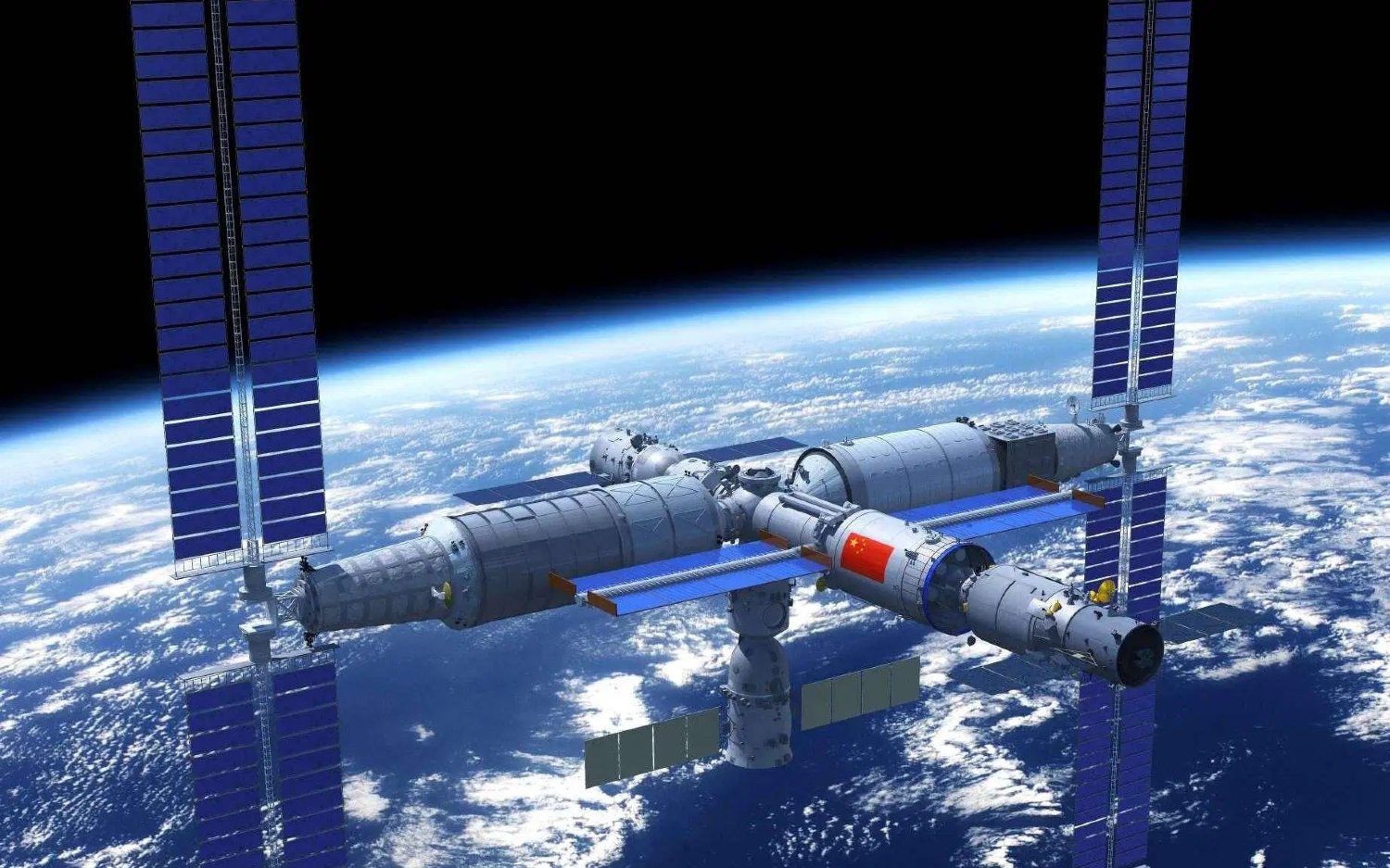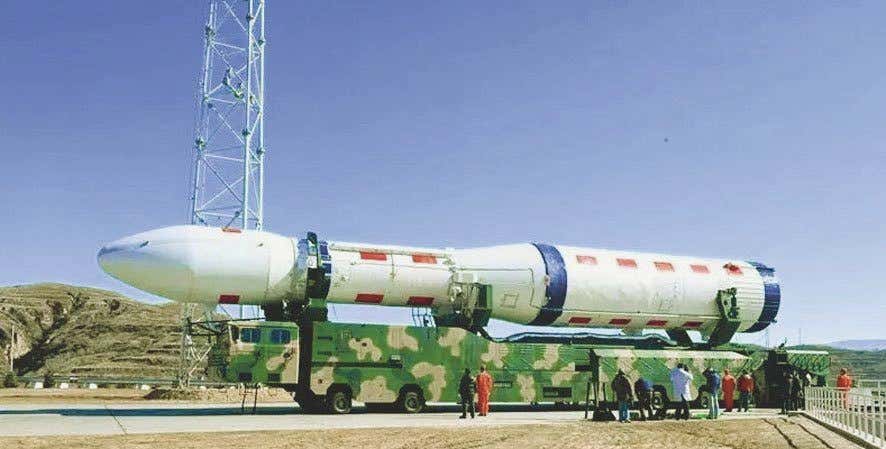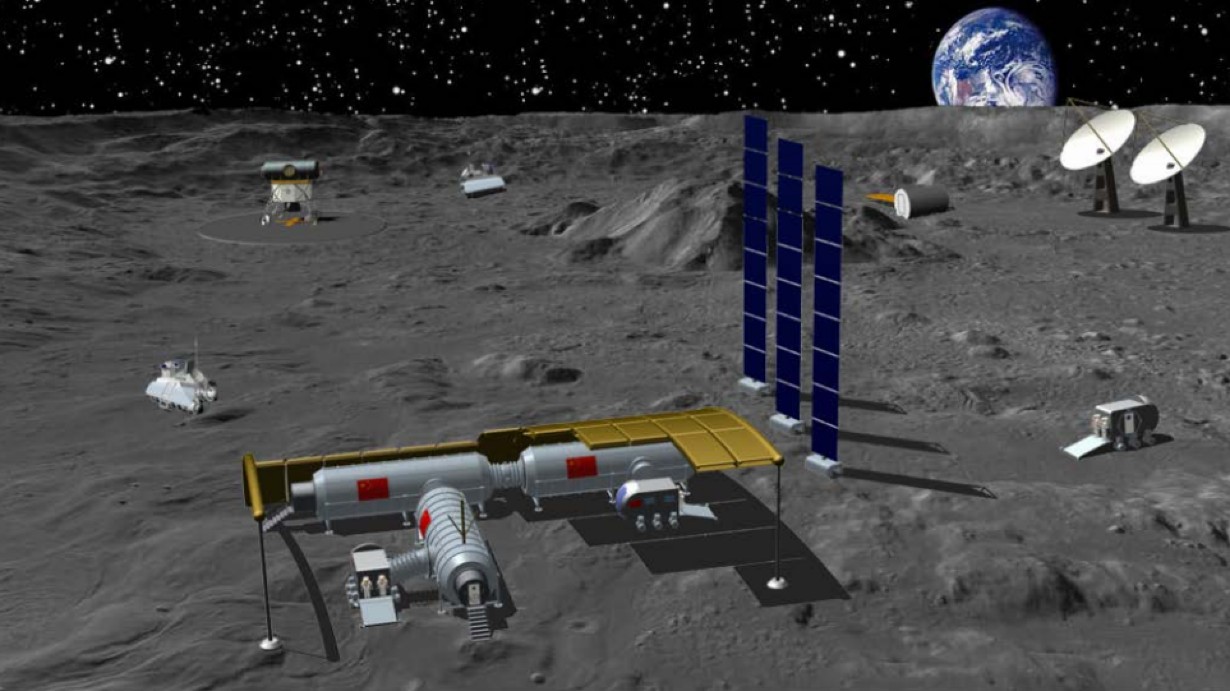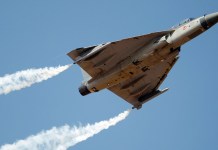OPED By Air Marshal Anil Chopra (Retd)
China’s Chang’e 6 probe landed on the far side of the moon on June 02 and will retrieve samples for analysis on Earth. A Chinese commercial launch company sent four satellites into orbit on Wednesday (May 29) with the second sea launch of the Ceres-1 solid rocket.
The launch was China’s 25th orbital mission of 2024. China’s main space contractor said early this year that the country is planning around 100 launches across 2024, including about 30 commercial missions.
There isn’t a day when China’s space program is not in the news. China has rapidly advanced in the space domain on several fronts simultaneously and is moving even ahead of the US on many counts.
China already has over 600 operational satellites as of May 2024. The military continues to play a key role in driving space development. As of January 2024, China has deployed a fleet of 359 intelligence satellites, tripling the 2018 figure.
China’s Space Launch Capability
Its ‘Long March’ rockets are among the most powerful in the world. Long March 5 (CZ-5) can carry a maximum payload of 25,000 kg to low Earth orbit and 14,000 kg to geostationary transfer orbit.
To launch thousands of tons of payload in the years ahead, China is planning to make all its rockets completely reusable by 2035. They are also working on superheavy-weight rockets capable of carrying 150 tons of payload to low Earth orbit (LEO). The ultimate objective, a fully reusable 80-ton LEO variant, is expected to fly in the 2040s.
Satellite-Based Navigation System
The BeiDou satellite navigation system consists of 35 satellites and has begun providing global services as an alternative global navigation satellite system to the United States-owned Global Positioning System (GPS).
It is said that Beidou is capable of providing positioning information with an accuracy of within one meter, compared to the GPS’s accuracy of within three meters. China is working on integrating the 5G ground-based internet with the satellite internet powered by China’s BeiDou Navigation Satellite System.
Space Station
China put humans in space in 2003 and an uncrewed moon explorer in 2007. Their continuously crewed, 60-tonne permanent space station, “Tiangong,” or Heavenly Palace, will be fully complete and operational by the end of 2024 and have the capacity to house six crew members.
As of April 2024, twenty-two Chinese nationals have traveled in space. Beijing’s broader strategy aims to see a Chinese astronaut walk on the moon by around 2030. China also has a plan for a crewed lunar base. China has a clear timetable for its Moon and Mars Lander.
China is also building a cis-lunar relay architecture with additional Queqiao and Tiandu satellites. Russia and China announced a plan to build a shared nuclear reactor on the moon by 2035, ‘without humans’. China also plans an Orbital Solar Power Plant to tap energy from space.

Anti-Satellite Capability
China is a signatory of all treaties for peaceful use of space. In 2007, they carried out a successful anti-satellite weapon (ASAT) test when they blew up an old, defunct Chinese weather satellite. Since then, more tests have been carried out to fine-tune what the Chinese call ‘ground-based midcourse missile interception technology.’
Some analysts believe that the Chinese are simultaneously trying to perfect technology against ballistic targets.
They are testing rendezvous and proximity operations, particularly targeting the GEO (geostationary orbit) belt. In 2022 Chinese satellite was spotted grabbing another long-dead satellite and days later throwing it into a “graveyard” orbit 300 km away, where objects are less likely to hit spacecraft.
Such capability can be used to remove or disable an adversary functional satellite. The prospect of using nuclear weapons in an anti-satellite capacity and cyber-electronic warfare (EW) threats in similar roles are very high. Russia is attempting to develop nuclear space weapons to destroy satellites with massive energy waves. China is also studying possible space based ASAT systems using directed energy. They will greater importance to both soft and hard kill to adversary assets in space.

Space as Weapon Platform
China has already demonstrated a so-called “fractional orbital bombardment system” (FOBS), in which a hypersonic glide vehicle hits a designated ground target.
The FOBS could be part of a deterrence strategy and be able to strike targets anywhere on earth, from any direction, at short notice. When combined with the hypersonic delivery of a nuclear weapon, it will complicate ballistic missile defense further. The capability to launch a hypersonic glide vehicle (HGV) or missile from a ballistic missile, and the HGV being a weapon, is indeed a unique capability.
The HGV has a maneuvering capability. These combinations pose a very high threat to both fixed and mobile targets such as aircraft carriers. Adding a multi-vector to the FOBS-HGV combine would be the next logical level of saturation attack.
China has shown great capability in rendezvous and proximity operations (RPO). Many smaller experiments were carried out to check rendezvous capability before assembling the Tiangong space station. RPO has other military applications. China has demonstrated satellite-to-satellite RPO activities in both LEO (low earth orbit) and GEO (geostationary orbit).
Shijian-17, launched in October 2021, was China’s first satellite with a robotic arm and satellite grappling capability in GEO. Shiyan-12 had two inspector satellites, which engaged in evasive maneuvers when a US inspector satellite approached, demonstrating space-based combat capability.
The TJS-3 carries a sub-satellite and can perform early warning or signals intelligence missions. The TJS-3 satellites were also observed to perform cyber-electronic operations, such as signal spoofing. The two satellites have demonstrated synchronized maneuvers.
China is also working on a nuclear detonation anti-satellite capability. Modulating the shape and size of a nuclear radiological cloud is complex.
Reusable Rockets
In addition to the efforts of private companies, China’s main state-owned space company, CASC, plans test flights for two new large-diameter reusable rockets. The four—and five-meter-diameter (Long March 10) rockets will be launched for the first time in 2025 and 2026, respectively.
While China continues to develop reusable launchers like SpaceX, it is also on track to have a reusable Space Shuttle equivalent. This could serve as a platform for grappler arms, high-power microwave weapons, or laser weapons. China has also already tested reusable space planes. The first launch was performed in 2020, and three have been performed to date. It is working on cutting redeployment time.
Space-Based Communications, Cyber & EW
Ukraine war demonstrated the cyber capabilities of the space domain. In the beginning itself, the ViaSat terminals were neutralized through cyber operations. Russia also used cyber weapons against Starlink, resulting in outages. As the space domain becomes increasingly contested, China is working on jam-resistant communications that can continue to operate under electronic and cyber-attacks.
China is also working to reduce the radar signatures of small and micro-satellite platforms. This will be equivalent to stealth and allow an undetected approach to its targets, as well as compromise the adversary’s Space Situational Awareness (SSA).
PLA units engaged in cyber operations against space operators are continuously developing cyber-attack methodologies against satellites. Cyber and electronic means would be much more effective compared to kinetic kill in view of the much larger number of satellites and constellations.
China will start building this year its own version of StarLink, a satellite internet constellation using low Earth orbit, with plans of launching some 26,000 satellites to cover the entire world led by state-run companies.
China Satellite Network will launch about 1,300 satellites from the first half of 2024 until 2029. China plans to set up its own satellite network to compete with the U.S. as a “space power” by 2035 by establishing a network supporting high-speed 6G communications.
Another space company partly owned by the Shanghai municipal government plans to launch 12,000 satellites into LEO, more than 600 of them by the end of 2025. GalaxySpace (Beijing) Technology, a private company, plans to send up 1,000 LEO satellites. China’s military wants to increase its satellites to 500.
New Aerospace Branch
The Russian experience in Ukraine has made it clear to China that it requires a space-specific dedicated arm of the PLA that will be optimized to focus on developing LEO-based constellations and counter-space capabilities and achieving space domain superiority.
Outer space is a critical domain in international strategic competition. Outer space security provides strategic assurance for national and social development and “to safeguard China’s security interests in outer space.” After disbanding the once touted Strategic Support Force (SSF), one of the important new independent branches is the Aerospace Force, emphasizing the importance China ascribes to Space.
The Aerospace Force will focus on ensuring China’s access, use, and control of space and helping to ensure space governance. The Force will develop doctrine, space-specific culture, training, and capabilities to enhance Chinese space power and build increased Space Situational Awareness (SSA).
Private Space Companies & Start-Ups
Space is also corporate China’s newest frontier. China has hundreds of private space start-ups in all aspects of satellite building and launch services. Some of them are working on lower costs. Private funding is increasing. China has offered cash to rocket start-ups to have its own SpaceX equivalent.
They will boost commercial satellites like the Starlink constellation. CERES-1, built by Beijing-based start-up Galactic Energy, has dramatically increased its launch frequency from four launches in three years to at least seven launches in a single year, including one ocean-based launch, successfully sending around 20 satellites into space in 2023.
Beijing-based private space company Landspace successfully launched the Zhuque-2 rocket, the world’s first successful payload delivery into a pre-set orbit by a low-cost liquid oxygen-methane rocket. Space Pioneer has built its own launch site at the Jiuquan Satellite Launch Center and its own rocket manufacturing and assembly center nearby.
Companies are working on low-cost cargo missions to space. They are interested in lunar lander missions. Ambitious ones want to set up colonies on the moon. Some will offer tourism services to the expanded Tiangong with further modules.

Way Ahead For China’s Space Program
Until now, China has been emulating space milestones already reached by the Americans and Russians. It is now setting new standards. The Chinese aerospace industry has already been labeled a ‘strategic emerging industry,’ along with oceanography, information networks, life sciences, and nuclear technology.
China is among the leading countries in Quantum Experiments at the Space Scale (QUESS). It is conducting research into dark matter using the ‘hard X-ray modulation telescope—HXMT’ launched in June 2017.
Testing of a space-based solar power system that can beam energy back to Earth is evolving. China wants to make space launches and space services a burgeoning business. President Xi wants to neutralize the effects of the trade standoff between China and the USA. In the space race, China wants 80 percent of civil space industry equipment to be domestically sourced by 2025.
China plans to establish new “space development zones” under various regional governments to establish a more robust supply chain for the burgeoning space sector. Space will remain an important part of President Xi’s plan to overtake the USA in some ‘key aerospace projects’ by 2045 and make China an ‘earthly paradise’ by 2050.
Unfortunately, the three big powers—the USA, Russia, and China—are not much talking about implementing and evolving newer space treaties. The last US-China space dialogue occurred in 2017 in Beijing, with no further rounds of discussion scheduled.
Implications & Options India
While India has already mastered all aspects and domains of space technology, its capabilities remain significantly short when factoring in the Chinese threat.
While India does not have to compete with China, it must work towards its own economic and security requirements. China has a fully functional global satellite navigation system, while India’s regional system, NavIC, is still in slow progress.
China’s space-based ISR coverage over the Himalayas and up to the northern Indian Ocean is nearly seamless and highly redundant. India’s information latency is insufficient for tactical operational requirements, and more satellites are required. Until then, we will be dependent on foreign sources.
Indian military must demand more satellites and have the government fund the additional requirements. Secure satellite-based communications is another area where China is much ahead.
China is also much more capable of cyber and electronic attacks and has multiple ASAT capabilities. Space is the ultimate frontier. India is well placed but needs to invest more in key operational capabilities lest it get left behind.
- Air Marshal Anil Chopra (Retired) is an Indian Air Force veteran fighter test pilot and is the former Director-General of the Center for Air Power Studies in New Delhi. He has been decorated with gallantry and distinguished service medals while serving in the IAF for 40 years. He tweets @Chopsyturvey
- Follow EurAsian Times on Google News




